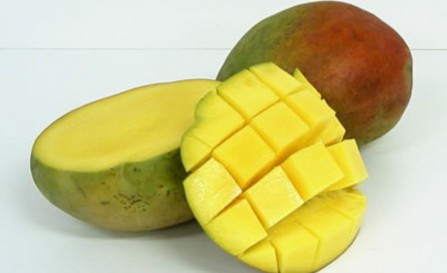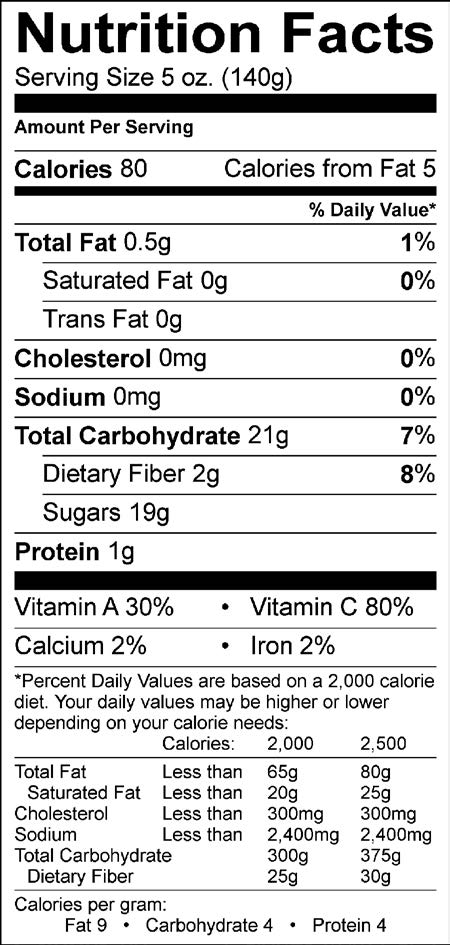Mango
(Mangifera indica)



Can be picked at different stages of maturity depending on the intended use or preference. Select fruits that are wholesome, firm, and free of bruises or blemishes. Ripe mangoes should have a sweet, fresh mango smell. The color of the skin turns from green to a yellowish, orange or red when ripe as fruit becomes soft. It is best to pick half-ripe fruit and complete the ripening at room temperature.
Store half-ripe fruits in a well-ventilated place at room temperature. Prevent bruising by covering with a cloth on shelves (Darley, 1993; Parkinson, 1989). Sliced or pureed mango flesh can also be frozen until ready to use or preserved by drying or bottling (Malolo et al., 2001).
Hawaiifoods


Mango is a widely grown seasonal fruit in the Pacific. Many different varieties are found in round or oval shapes of different sizes. Some may be more stringy or fibrous than others. Mangoes are known for their pleasant aroma and juicy sweetness (Malolo et al., 2001).